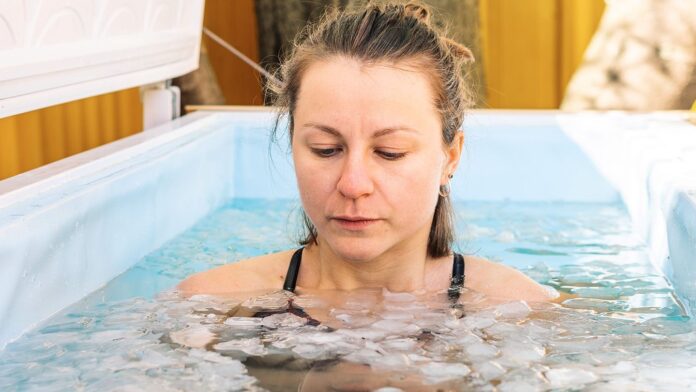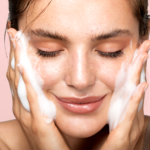Cold plunges are not just a wellness trend—they deliver real, measurable benefits. If you’re serious about building physical resilience, improving circulation, boosting your mood, and gaining better control over stress, it’s time to bring cold plunges into your daily routine.
Forget guesswork. Learn exactly how to integrate cold water exposure into your life, without disrupting your schedule or overcomplicating your mornings.
Key Highlights
- Cold plunges can boost energy, circulation, and immune response within minutes.
- You don’t need a fancy setup to get started—bathtubs, showers, or at-home tanks work.
- Short exposure times of just 2–3 minutes can deliver long-term health payoffs.
- Cold exposure helps manage cortisol levels and reduces mental fatigue.
- Timing, consistency, and breathing are key to safe and effective results.
- With the right structure, cold plunges can become a natural part of your lifestyle.
Why Cold Plunges Work So Well
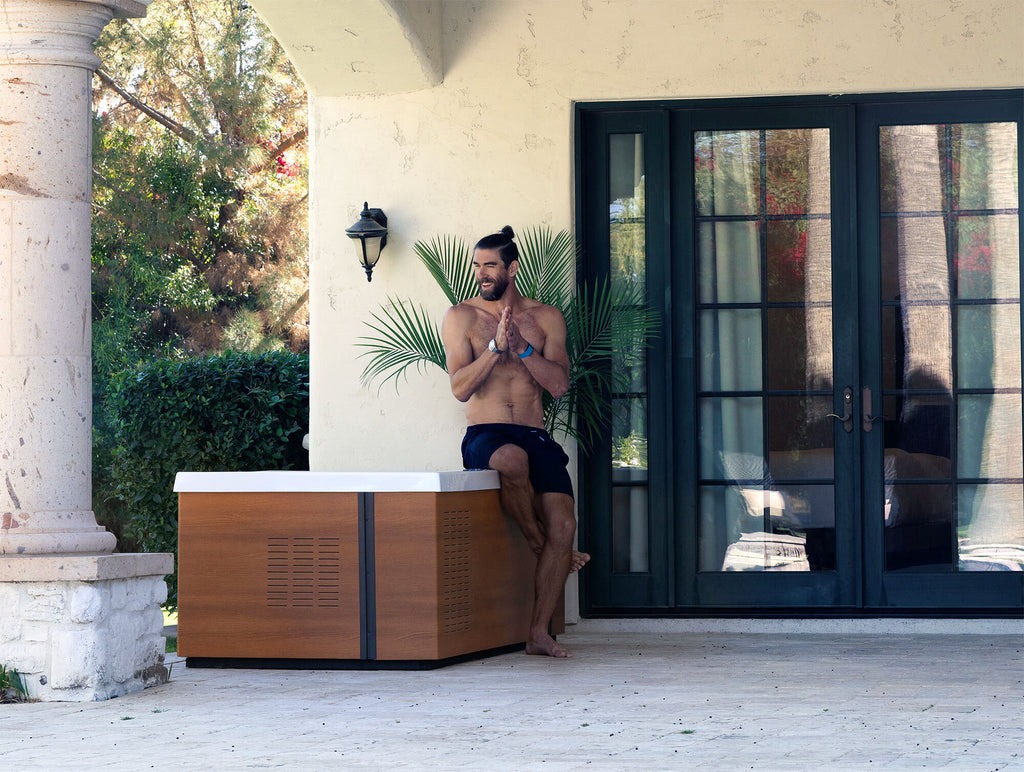
Cold plunges activate your body’s natural shock response. As soon as you enter cold water, your system kicks into gear. Blood vessels constrict. Heart rate increases. Adrenaline surges. Your body shifts into a state of heightened awareness and protection.
That physiological shift isn’t just momentary. When practiced regularly, cold exposure trains your body to regulate better across the board.
Here’s what happens inside your system:
- Blood flow improves due to vascular constriction and dilation cycles.
- Inflammation levels drop, which helps joints and muscle recovery.
- Metabolic rate rises as your body works harder to regulate temperature.
- Endorphins flood your system post-exposure, improving mood and energy.
Cold exposure also helps the nervous system develop resilience. You become better at facing discomfort without shutting down. This makes cold plunges a simple, effective way to build discipline.
How to Start Cold Plunges at Home
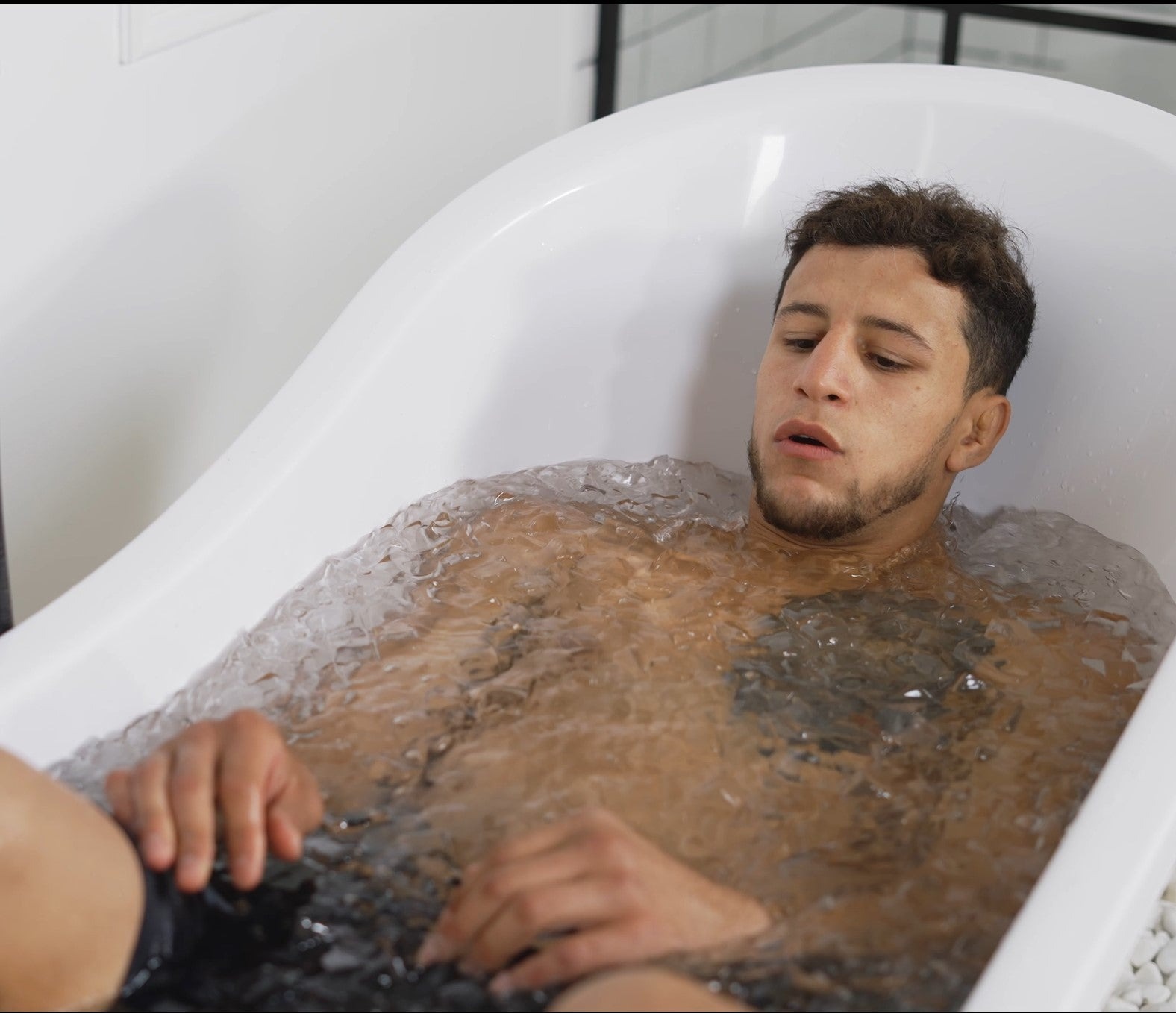
You don’t need a luxury spa to begin. Start where you are. A bathtub. A cold shower. Even a small outdoor tank. The real magic lies in the consistency and how your body adapts over time.
At first, it won’t feel easy. That’s the point.
The key steps to starting cold plunges:
- Begin with cold showers
Start with 30 seconds at the end of a warm shower. Increase daily by 15–30 seconds. Focus on breathing. - Move to tub or bin
Fill a bathtub or a large container with cold water and ice. Sit for 2 minutes. Breathe calmly. - Track water temperature
Aim for water between 50°F and 59°F (10°C to 15°C). This range triggers benefits without overwhelming the body. - Build consistency
Aim for 3–5 sessions per week. Make it part of your morning or evening reset.
As you progress, your tolerance and control improve. You stop dreading the cold. You start using it as a tool.
Link Your Routine to Recovery and Wellness
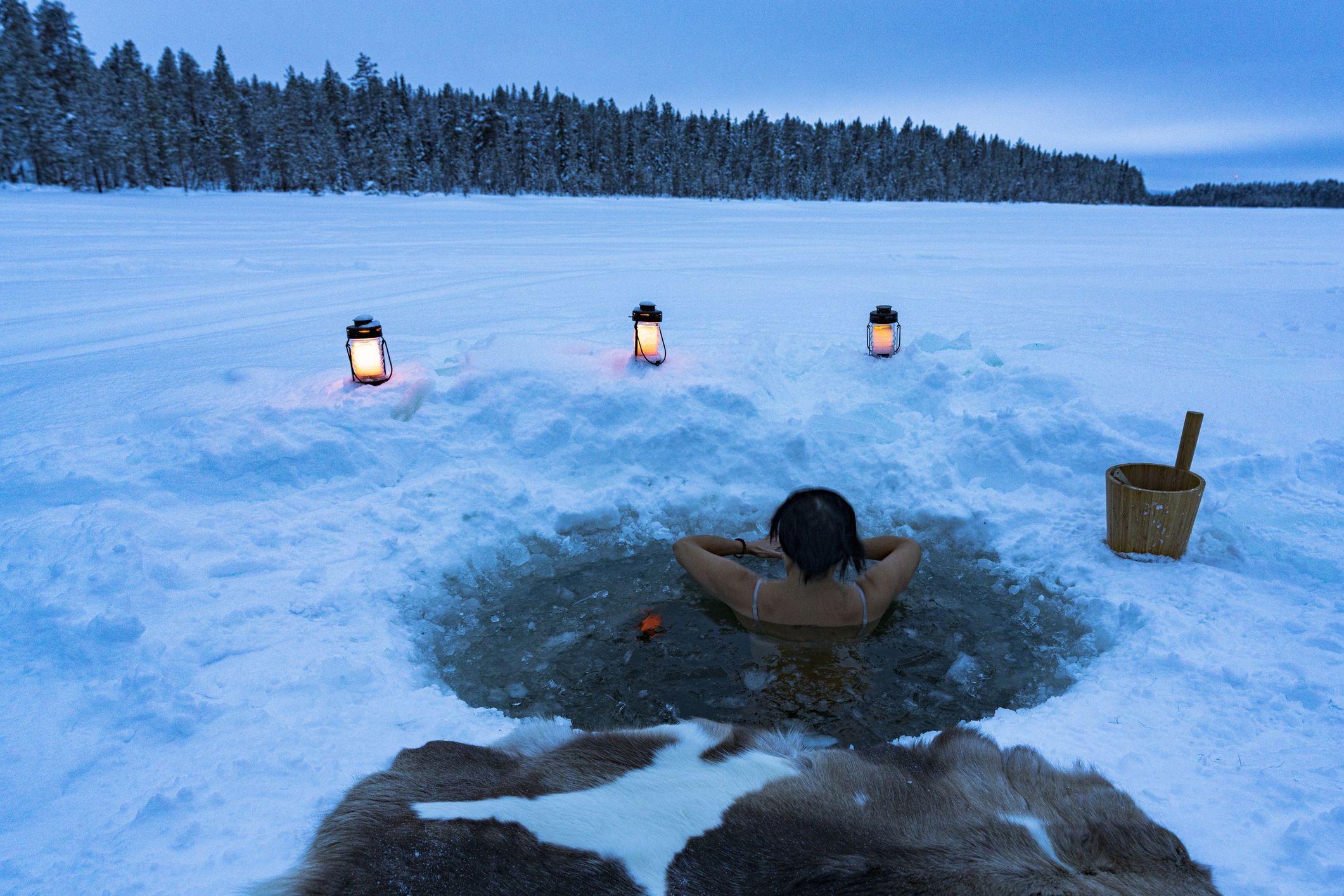
If you already train hard or live a high-performance lifestyle, cold plunges offer a major advantage. They speed up muscle recovery and regulate hormones post-exertion.
But recovery isn’t just physical.
Mental burnout and emotional fatigue are just as real.
Cold exposure helps lower cortisol, reduce anxiety, and reset your baseline. It teaches you to stay calm under pressure, even when your body wants to resist.
For a full wellness experience that combines modern techniques and personalized care, cold plunge sessions at Pure Sweat Spa can take your practice to the next level. Based in Gilbert, AZ, they offer professional-grade recovery tools and an atmosphere built for transformation. Whether you’re focused on detox, clarity, or stress reduction, their approach gives results.
Integrating cold therapy into a broader wellness system can multiply the benefits. Add stretching, breathwork, or sauna sessions before or after for deeper impact.
Best Times to Do Cold Plunges
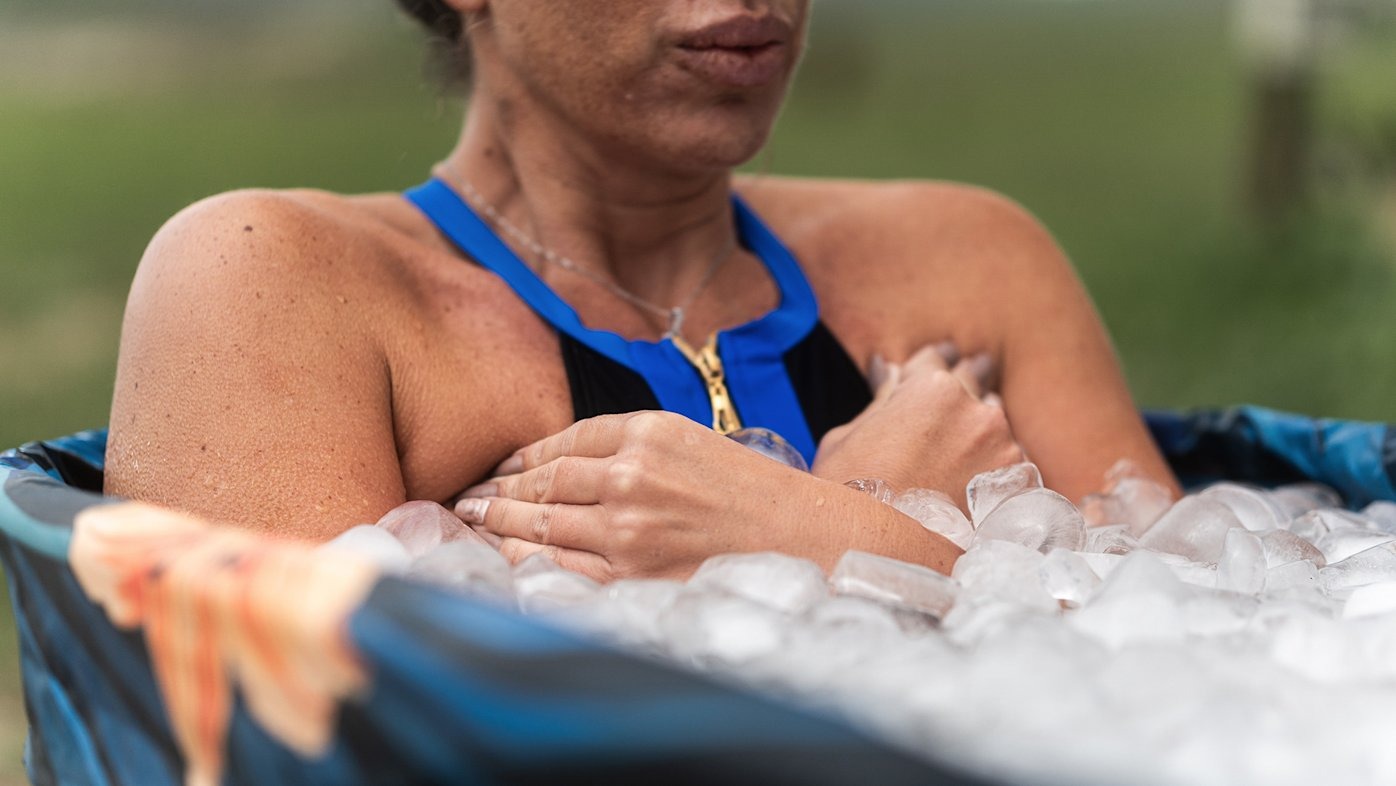
Cold plunges can work anytime, but different windows yield different effects. It depends on your goal.
Morning Plunges
- Wake up fast.
- Boost alertness.
- Set a strong tone for the day.
A 2-minute plunge first thing in the morning triggers dopamine and norepinephrine release. These chemicals improve motivation and sharpen your focus.
Post-Workout Recovery
- Reduce inflammation.
- Soothe sore muscles.
- Support quicker recovery cycles.
Avoid plunges immediately after strength training if hypertrophy is your goal. Wait a few hours before exposure.
Before Bed
- Calm the nervous system.
- Shift into recovery mode.
- Improve sleep quality.
Short, cooler water sessions (not ice baths) can help relax the body without overactivating your system.
How Long Should You Stay In?

The right time depends on water temperature and personal tolerance. You don’t need to push your limits.
General timing guide:
| Water Temperature | Suggested Time |
| 60°F–59°F | 3–5 minutes |
| 55°F–50°F | 2–3 minutes |
| Below 50°F | 1–2 minutes |
You’ll build adaptation over time. Once your body gets used to the stress, you’ll feel more comfortable staying in longer, but the real benefits come from regular short sessions, not marathons.
Breathing Techniques Matter
Most people panic in cold water because they stop breathing or start hyperventilating. Breath control is the difference between stress and strength.
Start with box breathing:
- Inhale for 4 seconds
- Hold for 4 seconds
- Exhale for 4 seconds
- Hold for 4 seconds
Repeat this before, during, and after the plunge. Controlled breath keeps the nervous system balanced.
The goal is to relax under discomfort. Your breath tells your body that everything is fine, even when it wants to panic.
How to Stay Consistent
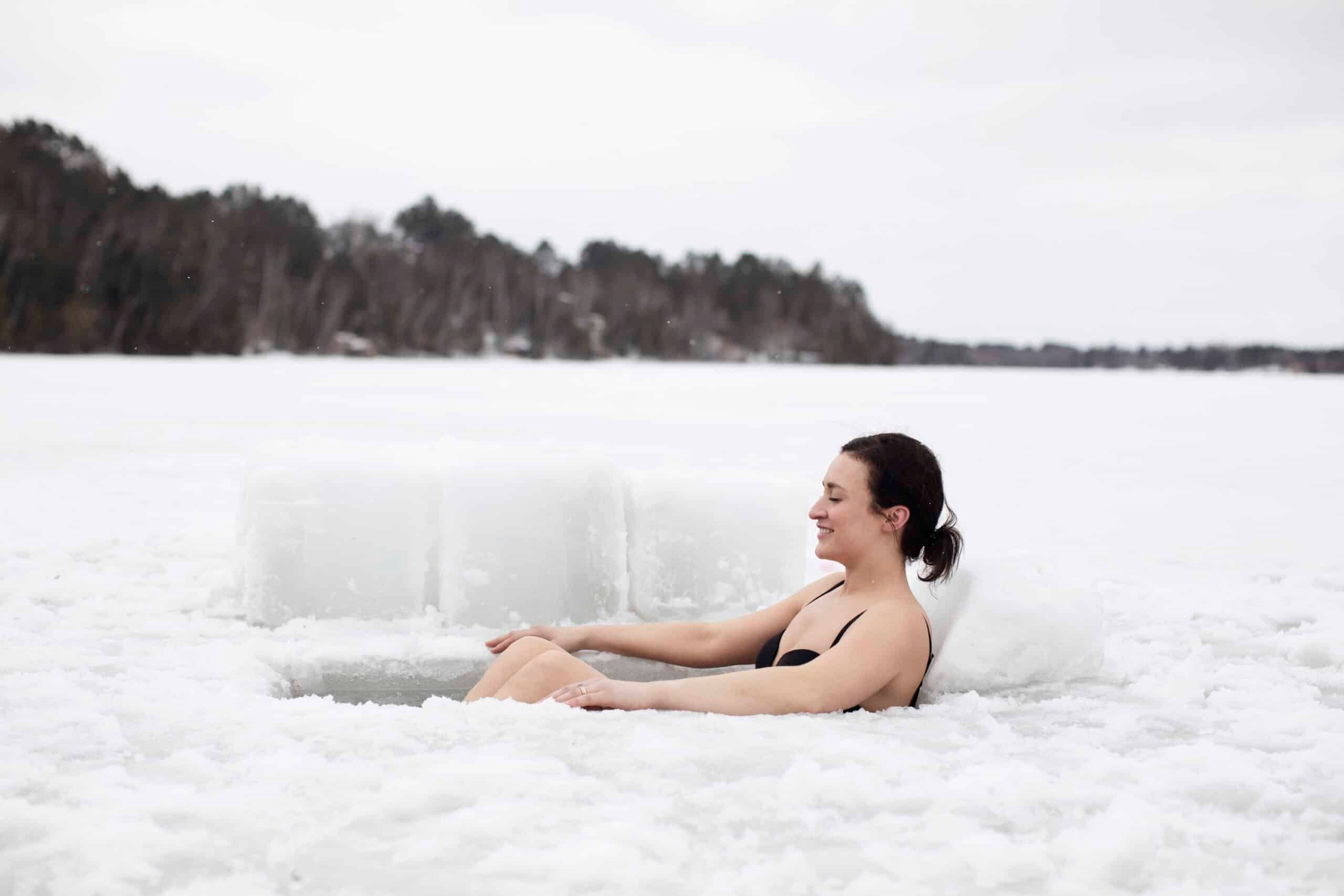
Consistency matters more than duration or intensity. You won’t see real benefits unless you make cold exposure part of your lifestyle.
Strategies that help:
- Set a fixed time: Attach your plunge to something else (after meditation, post-workout, or before breakfast).
- Keep it simple: Don’t overthink equipment. Fill a tub. Use a hose. Add ice if needed.
- Make it non-negotiable: Treat it like brushing your teeth—essential, not optional.
You don’t need to rely on willpower every time. Build systems around the plunge to make it automatic.
What to Avoid
There’s a right and wrong way to do cold plunges. Don’t sabotage your progress by rushing in blind.
Avoid common mistakes:
- Skipping the breathwork
- Staying in too long too soon
- Using cold water immediately after heavy lifting (if muscle gain is your goal)
- Ignoring your body’s limits
- Using cold exposure as a “punishment” for missed workouts or poor sleep
Stay consistent, but stay smart. The cold is a tool, not a punishment.
Track Your Progress
Cold plunges affect the whole system—energy, sleep, stress, skin, mental clarity. But those changes can sneak up on you.
Keep a journal. Note:
- Water temperature
- Time of day
- Duration
- Mental and physical state before and after
Over time, patterns emerge. You’ll see what works best. You’ll notice your reactions change. What felt brutal before becomes refreshing. That’s real adaptation.
Final Thoughts
Cold plunges offer massive benefits in a short window. They energize the body, sharpen the mind, and help regulate stress at the source. You don’t need fancy equipment. You don’t need hours. You just need discipline.
Start small. Breathe through the discomfort. Make it a part of your routine. And if you want to level up the experience, explore cold plunge options in a dedicated space, where wellness meets structure and real transformation begins.
No more excuses. The cold is waiting. Jump in

